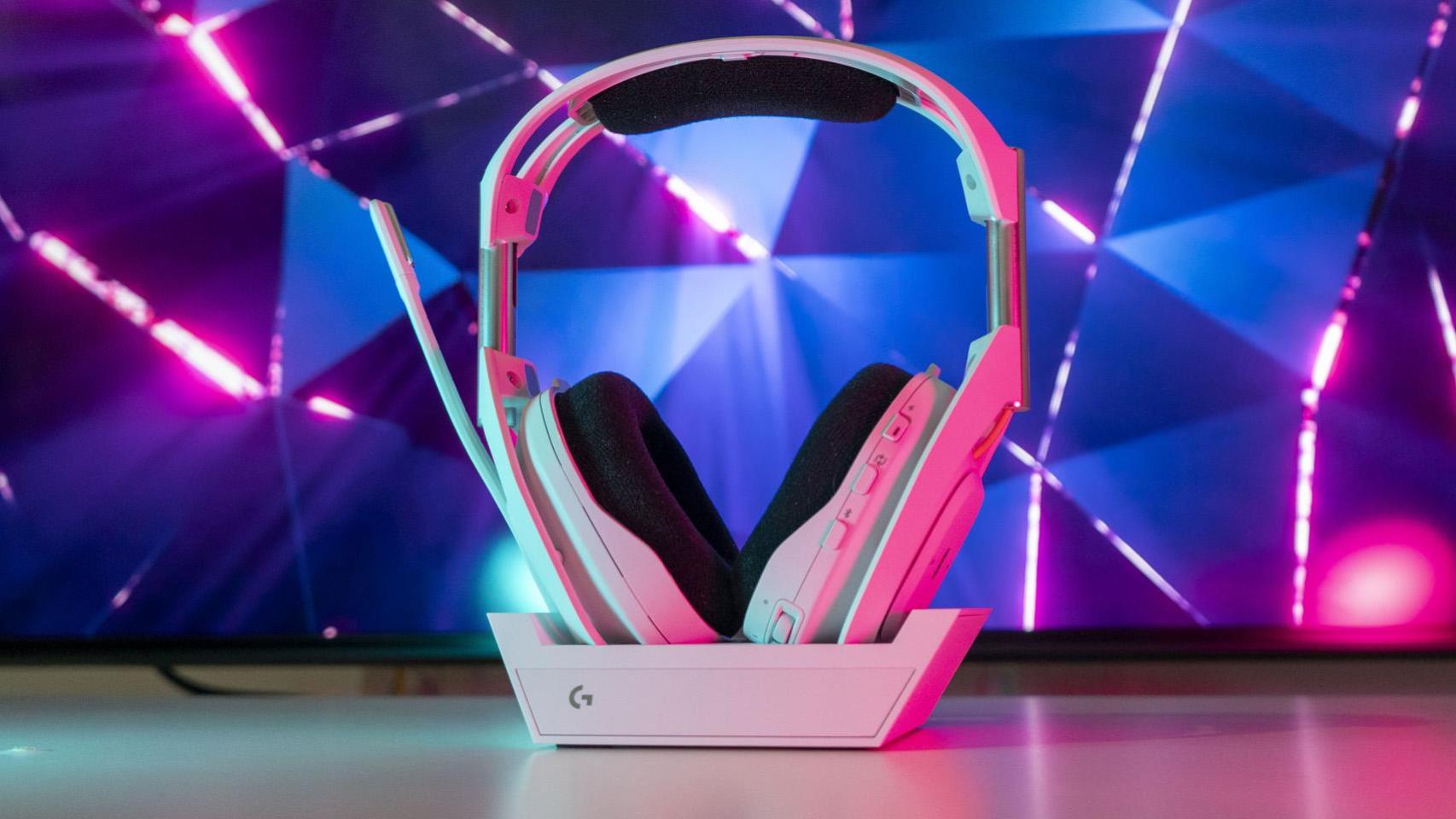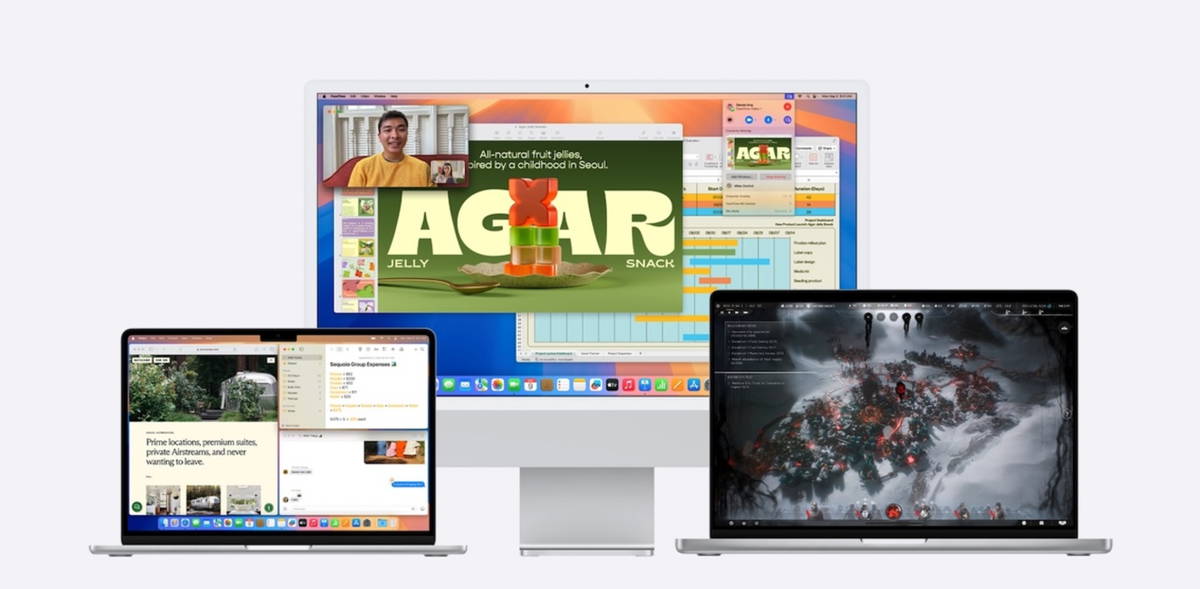Some prefer the big phones, others the high-end ones, which look exhaustively at the benchmark scores or study the spec sheet like they’re going to pass the exam. I I pay more attention to the softwareand how long its updates will be guaranteed.
The hardware of a mobile is obviously important, but at the moment of truth, we are going to interact with the software. That’s why I prefer to make sure that my new mobile will have updates for a while and that your system not only works well, but also has some great additional features.
Give me a normal cell phone, please…

Hardware and software go hand in hand. A mobile with latest hardware can be unbearable with bad android layer. In the same way, a mobile that is very fair in specifications is going to be quite uncomfortable to use even if you optimize its software to the maximum. Google knows this and that’s why it directly gave up when it launched Android Go.
This is why when I look for a new mobile, I aim for the happy medium in the specifications, those which are sufficient today for the vast majority of people. A few years ago this meant putting the limit at 200 dollars, but finally I decided to raise the budget to 300 dollars to aspire to a less fair mid-range
Give me a good mobile with good software and that’s it. I don’t need the camera to be a telescope or microscope or the CPU to be able to handle GTA V
Other than that, I don’t have many other hardware requirements set in stone, and if you ask me now for the megapixels of my phone’s camera, I can’t even remember without first ask. Of course before you checkout I will look carefully at everything you have and you don’t have a cell phone, but there is one thing i look at before i start comparing processors, screens or megapixelsthe Android inside.
… but to be updated for several years
The first thing I look for when buying a new mobile is its software, the one it carries and the one it will carry. The version of Android installed, its layer and the duration of the update of the mobile. Simply put, years of Android updates.
The first thing I look at is what android layer it has and how many years it will be updated for
A few years ago this was irrelevant because mobile phones were updated several times – hopefully – and that was it, but fortunately manufacturers have recently realized that they can lure users in with an extended update policybeyond these two rigorous years.
Samsung leads with up to four years of updates, although many other brands have announced that they will update some of their phones for at least three years. If the European Union has its way, each will have to offer three years of Android and five system updates. Here is the panorama of the number of years of updates that each manufacturer promises today:
|
Years of Android updates |
Years of security updates |
|
|---|---|---|
|
|
up to three |
up to five |
|
Samsung |
up to four |
up to five |
|
OnePlus |
up to three |
up to four |
|
Oppo |
up to three |
up to four |
|
Long live |
up to three |
up to three |
|
nokia |
up to three |
up to three |
|
Xiaomi |
up to three |
up to four |
It’s not just Android, it’s also because of the layer
It’s not an obsession. The reality is that having the latest version of Android is less and less important as the system is updated on many different fronts and Google gets used to porting important new features over previous versions. Next, why this interest with the updates?
Android updates hardly change anything on mobile but it feels cooler when there are changes in layer version
As a normal user, I wouldn’t mind having the latest version of Android or not (and I currently don’t, since I’m using Android 12), although when I write about tech , I must be a bit more up to date than the average user. In addition, new versions of Android they come with a small number of novelties that sometimes do not end up reaching our mobiles if they are not from Google or if we live in the United States. May the first stone be cast by those who have updated their Android and have not been disappointed that everything looks the same.

Layers have useful things not on Android, like twin/duplicate apps
More important seems to me the updates when talking about layers of customization. In layers of personalization, manufacturers deploy all their ingenuity to include new functions and these end up being added in successive updates
Having a mobile that will be updated for a few years guarantees me that the manufacturer will continue to release new versions of its layer, with new applications, utilities and sometimes a new design that will give a breath of fresh air to mobile.
Let’s not forget about safety and shelf life
Mobile manufacturers have separate but related Android version update policies and security patches. Mobiles will get security updates at least as long as they get system updates, so the longer the support, the longer the mobile will be safe.
This refresh of security and sometimes functions and appearance of course helps extend the life of the mobilewhich in my case, I hope, lasts at least two or three years, before looking for a new main mobile.
When I change mobile, my new test bed

Some of my old mobiles. They are very useful for testing things.
Speaking of useful life, in my particular case the useful life of a mobile does not end when I change to another, but the previous mobile becomes the test mobile. Therefore, I’m interested in keeping it moderately up-to-date so that I can continue to use it in testing in various applications and services, in addition to not being unbearable to use if one day I need to capture screen on it.
In the past I managed to extend custom recovery, custom ROMs, Magisk and company, but if the mobile updates instead of having to waste one or more afternoons updating it unofficiallyso much the better.
Table of Contents








